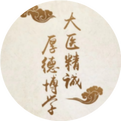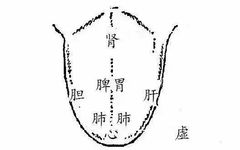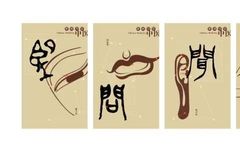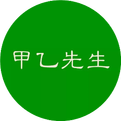Diagnosis Through Observation in Traditional Chinese Medicine
Diagnosis Through Observation: Questions and Answers The essence of the five organs and six bowels is reflected in the eyes. If the spleen qi is deficient, yang declines, failing to contain yin, leading to the scattering of spirit light outward, resulting in the spirit water becoming expansive, causing a double vision. The nourishment is in … Read more










